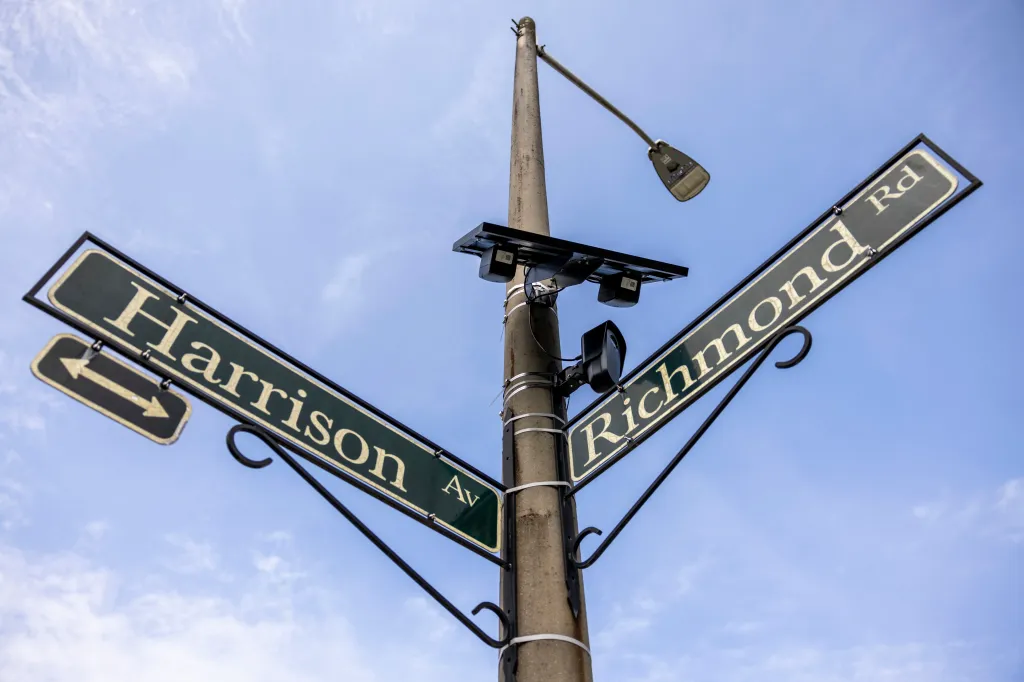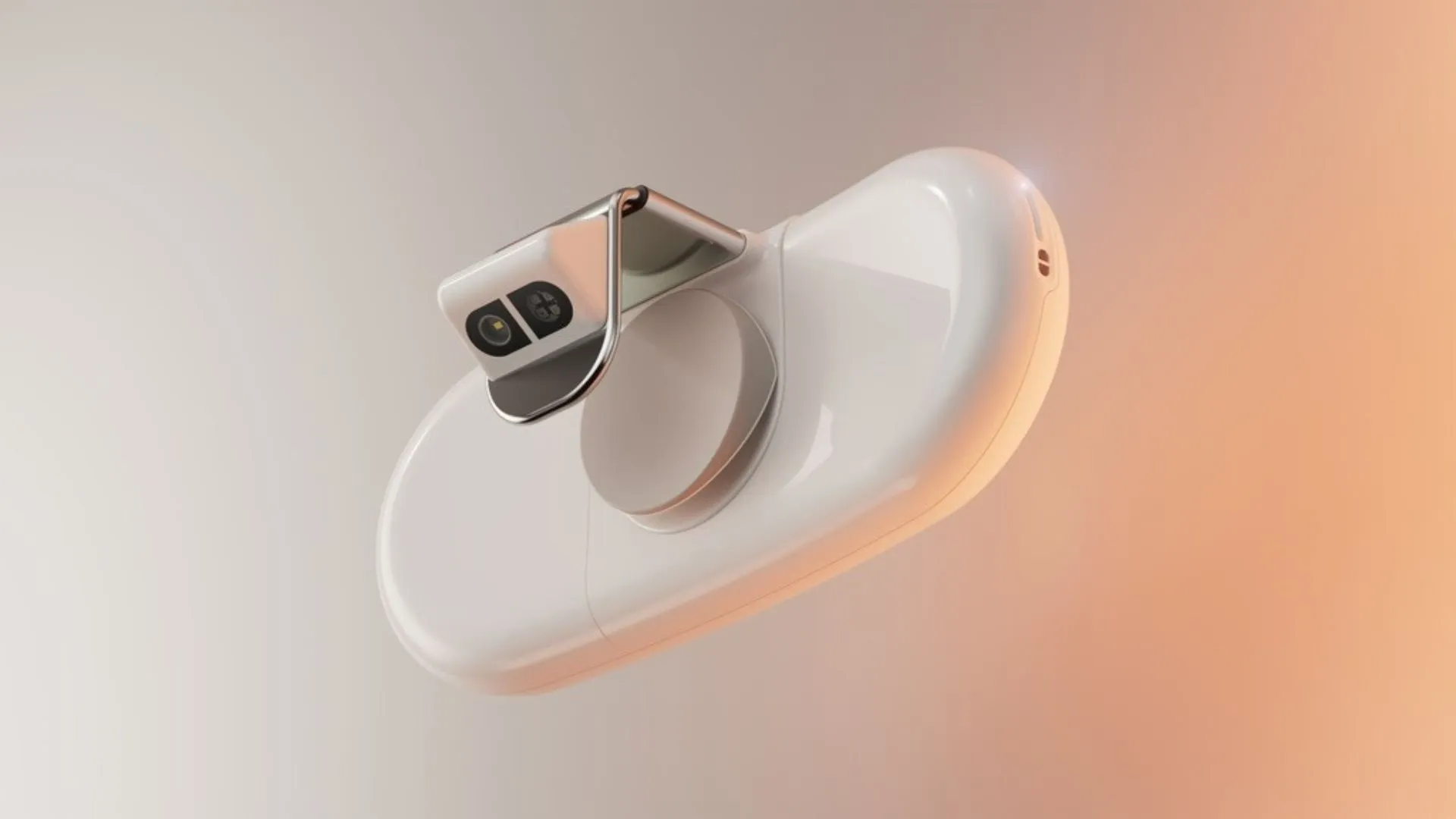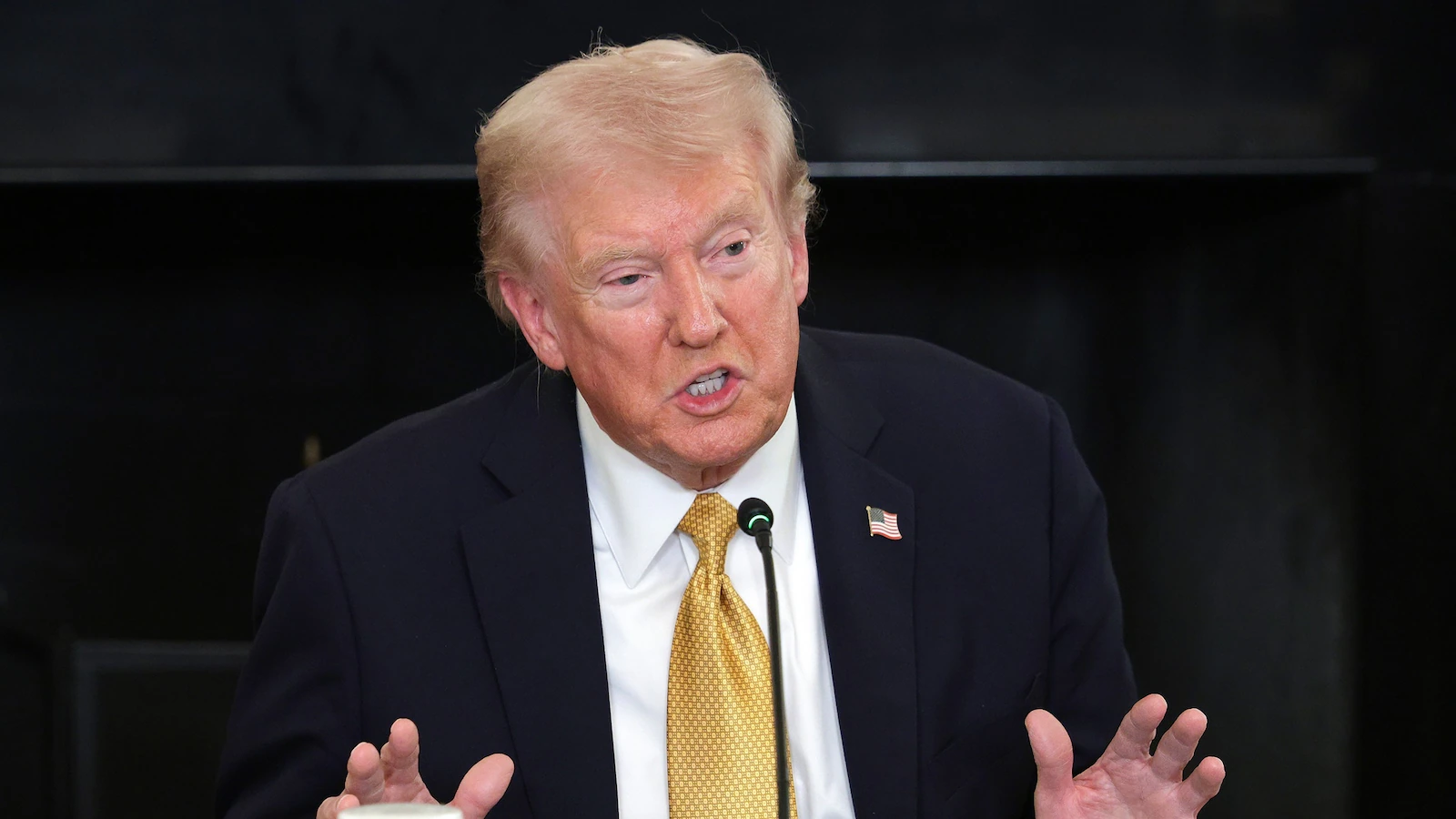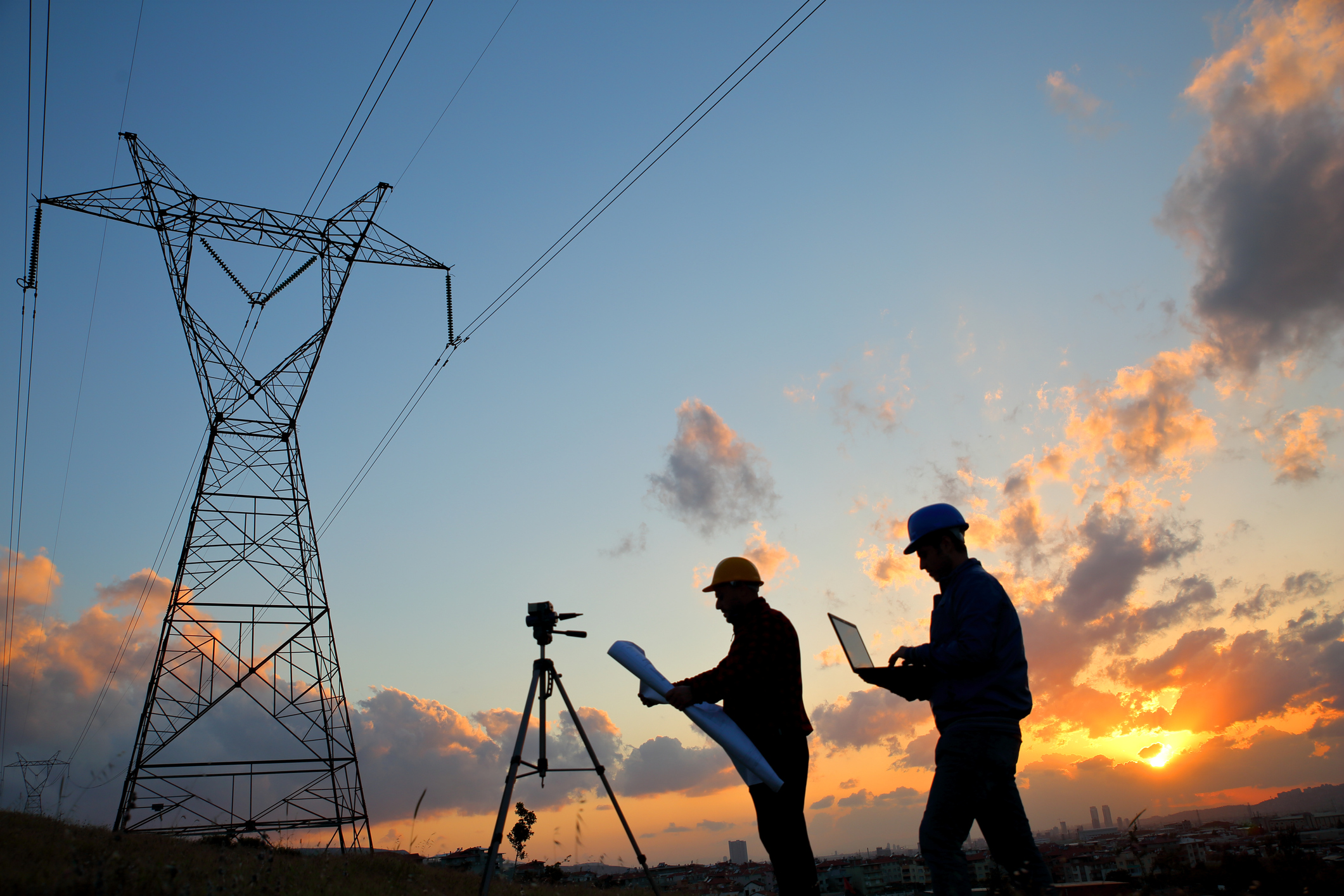Copyright Norfolk Virginian-Pilot

Virginians can have no reasonable expectation of privacy regarding their vehicle or license plate when driving on a public road, according to a recent ruling by the state Court of Appeals. That’s not a surprising — or especially burdensome — decision, but serious concerns remain about how broadly information gleaned from traffic cameras can be used by law enforcement officials. The appeals court ruling centered on an attempted rape case in Norfolk in which police and prosecutors used the city’s network of 179 Flock Safety cameras — which snap photos of passing vehicles and their plates — to identify and bring charges against a suspect. A Circuit Court judge in Norfolk ruled previously that the defendant’s Fourth Amendment rights had been violated because officials did not obtain a search warrant to review the license-plate camera information. The judge made a similar ruling in a separate case. The three-judge appeals court determined that a search warrant was not needed in the rape case, ruling that an expectation of privacy doesn’t extend to a license plate that can be seen on a public road by others, including by law enforcement officials. Norfolk Commonwealth’s Attorney Ramin Fatehi was pleased with the decision, saying the cameras have in particular helped reduce the city’s clearance rate for homicide cases. From Fatehi’s perspective, the cameras “protect citizens from overpolicing” by enabling law enforcement to zero in on a vehicle in a criminal investigation rather than casting a wider dragnet and prompting more traffic stops that aren’t necessary and can lead to confrontation. The cameras are indeed a powerful crime-fighting tool. Most citizens would agree with the merits of using them to track down someone who’s attempted or committed rape, murder or other violent offenses. There’s also value in using the cameras to stop thieves. But the wider dragnet that Fatehi warns against is also a distinct possibility with these cameras — pushing our communities uncomfortably close to a police state where all sorts of activities are tracked, including where individuals go to church, what political events they attend, whether they’re visiting an abortion clinic or engaging in some other lawful but controversial activity. Virginia’s General Assembly has been slowly catching up with the technology, attempting to place limits on when law enforcement officials can review camera data and establishing an audit trail to deter people from accessing the information for unpermitted uses. A new law, in place since July, now restricts the use of data to Virginia law enforcement, blocking other agencies around the nation from conducting searches for reasons that are not as easily tracked. Despite such limits, the use of the cameras remains ripe for misuse and abuse. A September analysis of audit data by the Virginia Center for Investigative Journalism at WHRO found that nearly 3,000 searches were conducted for immigration enforcement during a recent 12-month stretch, with nearly 9 out of 10 made by agencies outside the commonwealth. Under current law, individual communities can cooperate with U.S. Immigration and Customs Enforcement to provide camera data. But the records were made accessible to all agencies regardless of whether an agreement existed, and such searches are technically outside the established limits for data use — Amber alerts, vehicle thefts, abductions and other criminal investigations. Charlottesville police officials cut off agencies outside the state from accessing the data when they became aware of a use they hadn’t approved. The new state law will solve part of that problem, but other communities should have a choice on how the data is shared intrastate. Virginia lawmakers need to re-examine who can review the camera data and for what reasons. Unfortunately, that could become an annual exercise as people find new — and possibly undesired — ways to use the data. The General Assembly also needs to lift a ban on public disclosure of audit data. The VIJR investigation alone is proof of the value of enabling the public to see how these cameras, installed ostensibly for public safety, are being used.



